La página que intenta visitar sólo está disponible en inglés. ¡Disculpa!
The page you are about to visit is currently only available in English. Sorry!

Acre by acre, summer by summer, we are losing the . Between 2000 and 2018, more than 15 million acres of sagebrush steppe were burned by wildfire, according to Michele Crist, Bureau of Land Management, Fire and Aviation. Fire is a natural part of the sagebrush steppe, but its frequency and severity are increasing far above natural levels.
Historically, a given area of sagebrush steppe burned . Additionally, those fires are becoming hotter than what plants in the ecosystem can withstand. As a result, sagebrush shrubs—the anchor of this ecosystem—are dying on a staggering scale. Without sagebrush for food and cover, wildlife soon move out. Most alarmingly, sagebrush aren’t returning from seed after severe wildfires, meaning the ecosystem’s very existence is at risk.
What habitat remains is growing weaker each year. The diversity of native flowers, shrubs, and bunchgrasses are fading from the landscape. Without them, it is becoming less useful to wildlife (many of which only live in the sagebrush steppe), cattle, and people.
Sagebrush holds together an ecosystem that people, economies, and more than 350 species depend on across 14 states. To save it, we have to understand the cause of these symptoms.
In the nineteenth century, a grass from Eurasia was accidentally shipped to the United States. With no natural predators, it soon spread wildly across the American West. By sprouting early each spring and forming dense mats, it began choking out native plants across more than , an area the size of Idaho.
This annual grass—called cheatgrass, downy brome, and Bromus tectorum—creates a vicious cycle. Seedlings have roots that grow throughout the winter. By spring they are able to sprout before native plants, which lets them dominate access to water, sunlight, and nutrients (hence the name “cheatgrass”). Shortly thereafter, they produce tremendous amounts of seed and die, leaving dense, continuous mats of dry, flammable vegetation right at the start of fire season. As a result, cheatgrass is making wildfires larger, more frequent, and more severe.
We need to minimize the spread of invasive grasses and bolster native plants. To achieve this, we need science-based plans to combat invasive grasses, on-the-ground projects to restore degraded sagebrush steppe habitat, and funding to make restoration possible.
Achieving these solutions will only be possible with widespread public demand for action, and for that to happen, there needs to be a greater public awareness of the issue. You can help by informing yourself with the resources on this page and sharing them with your family and friends.
ÔĽĹÚĘÓƵ actively pushes for policies and legislation that support these solutions. We work directly with state and federal politicians and agency leaders to rally support for the solutions.
(2018), Duchardt et al.
(2016), Coates et al.
(2013), Holmes and Robinson.
(2017), Bradley et al.